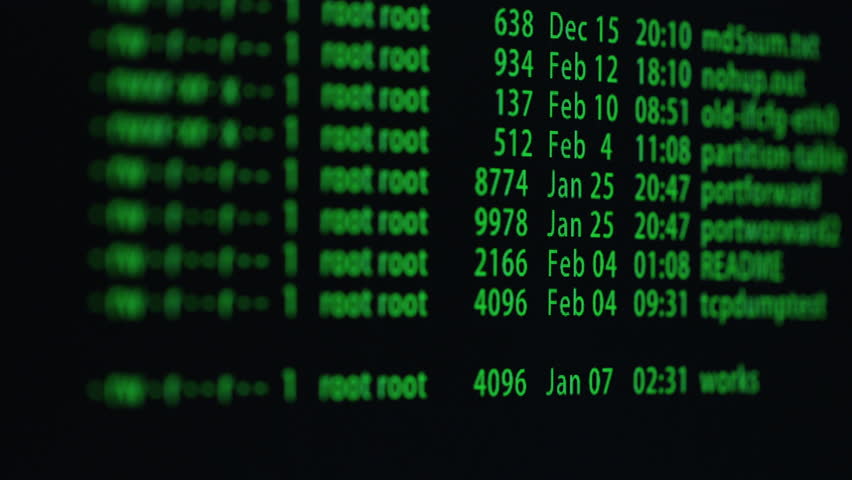Recently the BBC broke a news story on how a “warped and sadistic” paedophile who blackmailed victims and shared abuse tips and images on the dark web was caught. Matthew Falder admitted 137 charges, including rape, against 46 victims. He evaded capture for four years by using encrypted email addresses. This horrific case focused a lot of attention on the dark web as a forum infamous for welcoming and protecting the identity of some of the most notorious criminals today. But the Dark Web wasn’t created as a way to facilitate crime. The Gryphon explores how ‘dark’ the Dark Web really is.
First, what is the dark web and is it the same as the deep web? Well, the dark web is a subdivision of the deep web. The deep web is everything you cannot reach with a typical search engine such as Google. This includes the Dark web but much more than that: our emails for example. When replying to emails, you still have a link in your browser, but people cannot search on Google for it and nobody has access without logging in with your credentials first. This is the case with admin panels of webpages, cloud services or even Leeds’ Minerva. Thus, the bulk of the internet is on the Deep Web.
The deep web and dark web are often used interchangeably in media but they are different. It is like equating a shell to the ocean it is in – the shell is in the ocean however it does not constitute the ocean. Same with the dark and deep web – the dark web is a part of the deep web, but a small one. So there’s no need to be frightened when you hear statistics claiming more than 90% of the web is in the deep web.
The dark web is a collection of websites which exist on a highly encrypted network. This means they cannot be accessed from your typical browser, say Chrome or Firefox, but require the use of other tools for encryption. Perhaps the most popular one is Tor. Tor protects the user by hiding their identity, activity and location, changing the IP address and all. But it does the same for the website visited. Thus, it is very difficult to find who is behind a website on the Dark Web.
As anonymous as it is, be careful if you decide to check out Tor and do your research prior to it. There are other encryption tools similar to Tor and use will depend on what tool the site visited is using– if they use Tor, you can’t visit their website unless you do the same; if they use Silk Road Reloaded, you can’t visit their website unless you do the same.
Most of us have heard of the dark web in relation to criminal activities. After all, the dark web is anonymous enough to allow people to share controversial content and unregulated enough to allow for this content to remain on there. Child pornography, illegal drugs, personal data, blackmailing – we’ve all heard the crimes associated with the dark web. However, the dark web was not developed for these purposes and the content on it is not just illicit.
A study published in 2016 established that of all identified websites on the dark web (5205) only 30% had illicit content. Of these quite a few had no content but even of all the active websites (2723), 60% were for criminal purposes. The rest (about 40%) were in the ‘Other’ category. So, the dark net is not completely dark.
And the ‘Other’ is what services like Tor actually propagate for. On Tor’s website it is emphasised that the tool was developed to help people protect their privacy and resist state or corporate surveillance. It was developed to allow people in totalitarian regimes with high-censorship get access to more information or share their opinions and to protect whistleblowers such as Edward Snowden for example.
With more and more commercialisation of the clear net (the one we know and use regularly) and online surveillance increasing even in democracies like the UK, Tor might have more and more ‘Other’ users in the future. If the public feel like they are unable to access information securely on the clear net, we might start to see an increase in non-illicit content on the Dark Web in future.
Antonia Panayotova
[Image: Shuttershock]

